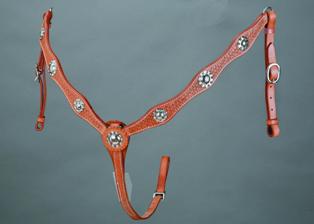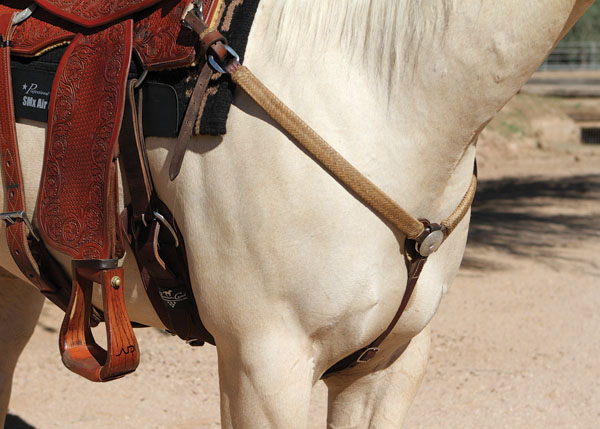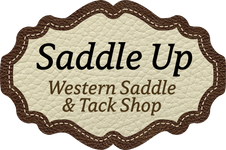Breast Collars
Posted by Saddle Up on Aug 28th 2015

(photo taken from stuff4horses.com)
An article about breast collars caught our eye here at Saddle Up and we'd love to share the highlights with you!
(The full article can be read in the May 2015 issue of Western Horseman. It was written by Katie Frank.)
The true purpose of a breast collar is to help keep the saddle secure on the horse's back as well as a safety device. It is an important piece of horse equipment that if used properly can be a great asset. However, you need to have an understanding of how the breast collar works and why you would need one .Each discipline usually has a certain style of breast collar that is most commonly used. Do some research and talk to your trainer about what sort of breast collar you would need.
The most important thing to learn is how to fit a breast collar well. Like anything else you put on your horse, if it doesn't fit well and isn't comfortable to the horse you're going to be in for some problems.
There are three points of adjustment on a breast collar: the tugs, neck strap, and center strap.
The tugs should be adjusted first so as the center ring sits in the middle of the chest. You're looking for a deep "V" on the breast collar as this frees up the horse's shoulders and allows plenty of space between the center ring and the horse's trachea, so the horse can breath deeply without being inhibited. A neck strap can be used to assist in lifting the arms of the breast collar up.
You don't want the breast collar to be too loose as it will then bounce around while the horse is in movement. The arms will also lie right across the shoulders, preventing good movement. A well fitting breast collar should have the arms lie right above the point of the shoulder. But don't make it too tight either!
The center strap (which connects to the cinch) should not be loose, but comfortably snug and stabilize the breast collar.

(photo taken from horseandrider.com)
” Love means attention, which means looking after things we love. We call this stable management. ” -- George H. Morris
~ Saddle Up
